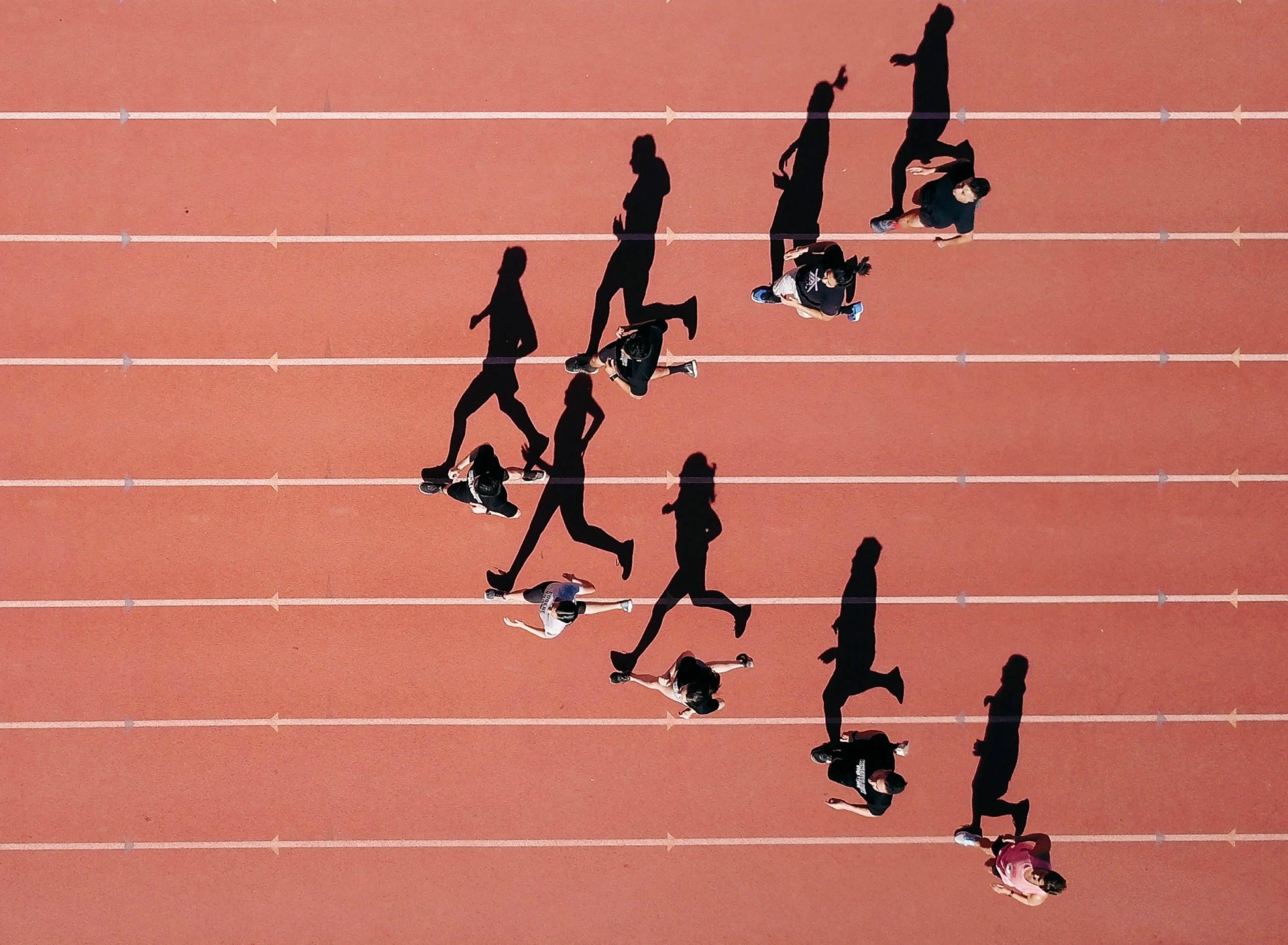Cannabis use in the athletic world has received a lot of press lately due to many professional athletes coming out of the closet regarding their marijuana use. Athletes who use cannabis say that it helps them train by allowing them to focus and feel less fatigued. Other athletes use marijuana to help them recover—this is especially the case for professionals who rely on their bodies for their livelihoods.
However, the use of marijuana in this manner is nothing new—in fact it’s quite old, tracing its roots far back to soldiers hundreds of years ago.
FOLLOW US ON FACEBOOK & INSTAGRAM
Medieval Warriors Were Our First Cannabis-Consuming Athletes
Cannabis was used by warriors in different cultures because of its ability to lower inhibition and boost focus—both valuable in battle. According to the book Marihuana: The First Twelve Thousand Years, folk songs from medieval India mention ganja as a “drink of warriors.” It was common for soldiers during this time to consume bhang—a cannabis paste often used to make drinks—before battle to calm their nerves and reduce pain during battle.
Bhang still enjoys widespread use in India today and is popular among wrestler and body-building castes in the country.
Indians weren’t the only people to use cannabis for battle—south African tribes such as the Zulus, Swazis and Sothos were known to use cannabis to aid in their attacks against the British in the 1800s. According to Ian Wright’s book about the Anglo-Zulu War in 1879, the Swazi army used marijuana to “enhance aggression and stave off fatigue.”
It’s also said that young Zulu warriors smoked dagga—the south African equivalent of a joint—because it allowed them to accomplish “hazardous feats.”
RELATED: HOW CANNABIS AFFECTS SPORTS PERFORMANCE & RECOVERY
The War on Drugs Criminalizes the Use of Marijuana
Cannabis use among soldiers during the Vietnam War was quite common for many of the same reasons warriors of the past used the plant—cannabis helped calm anxieties and fears before battle. Doctors at the time validated these claims and argued in favor of the troops’ cannabis use.
Soldiers who came home from the war brought their habits back with them, contributing to the surge in cannabis’s popularity in the ’60s and ’70s. The prevalence of cannabis use among athletes during this time is unknown but who can forget that iconic seen in the 1977 docudrama “Pumping Iron” of Arnold Schwarzenegger smoking a joint?
In the midst of the War on Drugs in the ’80s and ’90s, fines, arrests and repercussions from sports leagues were common. Case in point, Ross Rebagliati won the gold medal for snowboarding in the 1998 winter Olympics, but had his medal revoked after he tested positive for tetrahydrocannabinol (THC)—he was given back his medal a short time later.
Even into the early 2000s, athletes were still being reprimanded for their cannabis use: In 2004, Ricky Williams retired from the NFL after failing three drug tests and facing a year of suspension for his cannabis use, which he says helped him with pain and his social anxiety disorder.
Attitudes Towards Cannabis Are Finally Changing in the Sports Arena
Fast forward to the mid 2010s and beyond—attitudes towards cannabis are changing rapidly. In 2013, the World Anti-Doping Agency (WADA) increased the amount of THC athletes are allowed to test positive for from 15 nanograms (ng) per milliliter (mL) of urine to 150 ng/mL.
To give you an idea of this change, Rebagliati tested positive for THC in 1998 with 17.8ng/mL. WADA says that the change in numbers was to penalize athletes who are using the plant to enhance performance—not to punish use outside of competition. (Whether cannabis is indeed a performance-enhancing drug is still up for debate.)
Today, a growing number of athletes from all creeds talk about their cannabis use, whether it’s for training, performance and recovery—or simply as part of a healthy lifestyle. Avery Collins, an ultra-marathoner talks freely about his cannabis use and how it enhances his training—though he’s careful to avoid crediting his success to cannabis.
And more recently, UFC champion Nate Diaz strolled into a press conference puffing on a CBD vape pen following his loss to Connor McGregor. Diaz cited the phytocannabinoid’s ability to help with inflammation and healing, saying that he uses it before and after fights.
In America, sports stars are often agents of social change—when Muhammed Ali spoke about civil rights or when Colin Kaepernick took a knee, people paid attention. The growing number of professional athletes advocating for responsible cannabis use bodes well for the plant’s inclusion in sports for years to come.
Photo credit: Steven Lelham
If you’re new to cannabis and want to learn more, take a look at our Cannabis 101 post. HelloMD can help you get your medical marijuana recommendation; it’s easy, private and 100% online.



